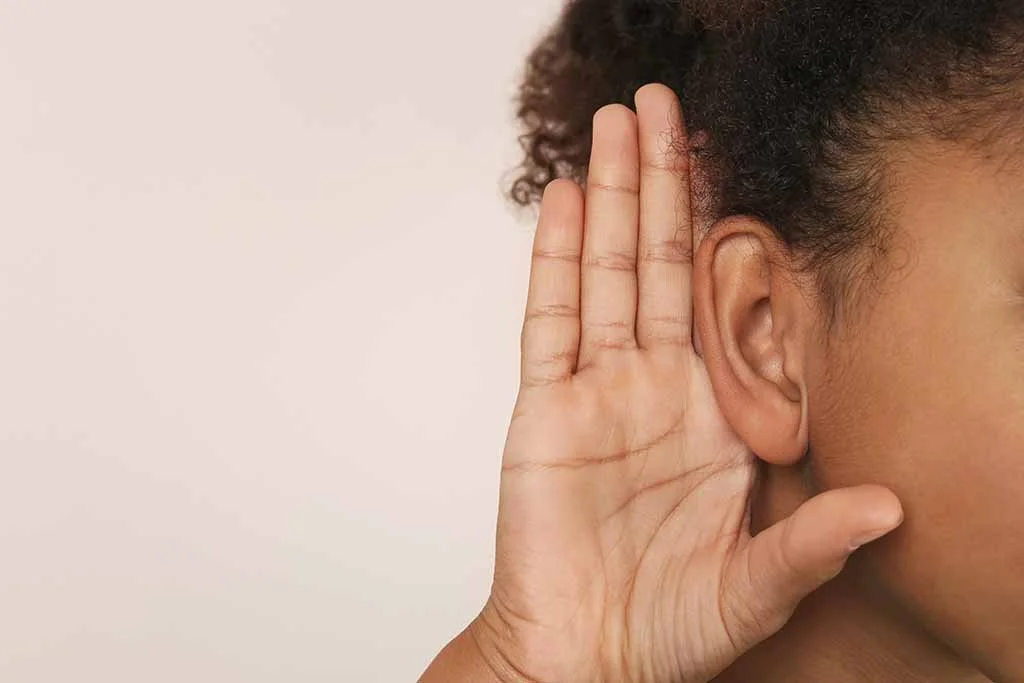Structured literacy with the Slingerland Approach
How does the Slingerland Approach work?
As a structured literacy tutor, I use the Slingerland Approach to help students with dyslexia or other reading challenges, build strong reading, spelling, comprehension, and writing skills.
The progression in the Slingerland reading instruction begins with the smallest unit of sight, sound, and feel - the letter/grapheme - and advances to more complex structures of words, phrases, and sentences.
Every lesson builds on the last in a clear, step-by-step sequence and is personalized to support each student’s unique learning needs.
Private Tutoring with The Slingerland Approach
The Slingerland lesson format activates the visual, auditory, and kinesthetic-motor channels simultaneously, promoting successful multi-sensory integration through:
explicit handwriting instruction supporting the foundation of strong kinesthetic-motor skills
vocabulary and oral expression development through the routine Question of the day
decoding practice
structured reading & comprehension
auditory spelling & dictation
-

Handwriting instruction
Handwriting instruction— in both manuscript and cursive—is an integral part of Slingerland. Handwriting plays a critical role in developing spelling and reading skills. The cognitive process of connecting the visual letters with the motor act of writing is called an orthographic loop, and it is essential for reading fluency and automaticity.
-

Visual cards and decoding
The visual component of Slingerland includes visual card practice and decoding activities, while simultaneously engaging the tactile-kinesthetic and auditory modalities through the physical act of forming letters in the air and linking them to letter names and letter sounds. It also includes structured reading with comprehension activities.
-

Auditory spelling
Spelling practice in Slingerland involves translating spoken sounds into visual symbols (letters) and reinforcing them through kinesthetic-motor activities such as forming letters in the air, and writing words, phrases, and sentences on paper. Students practice isolating individual sounds and learn multiple spelling patterns.

